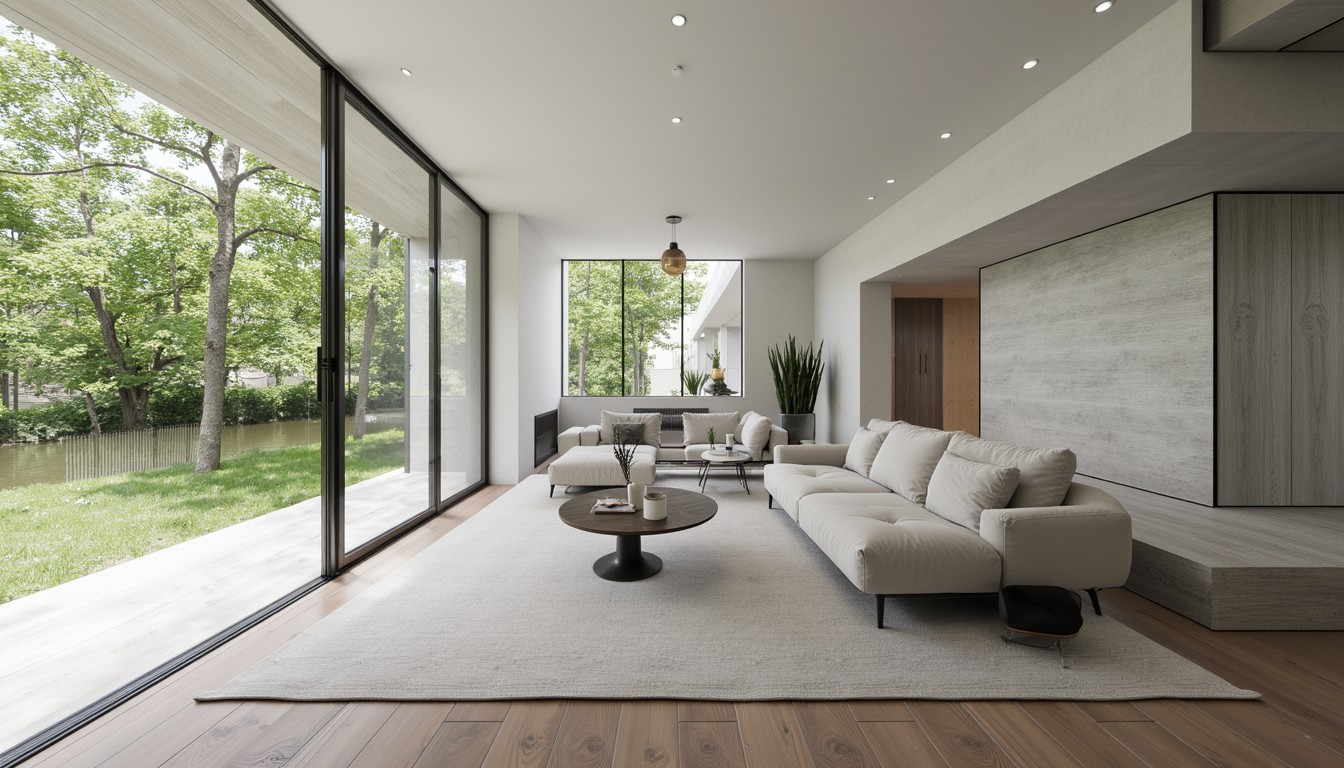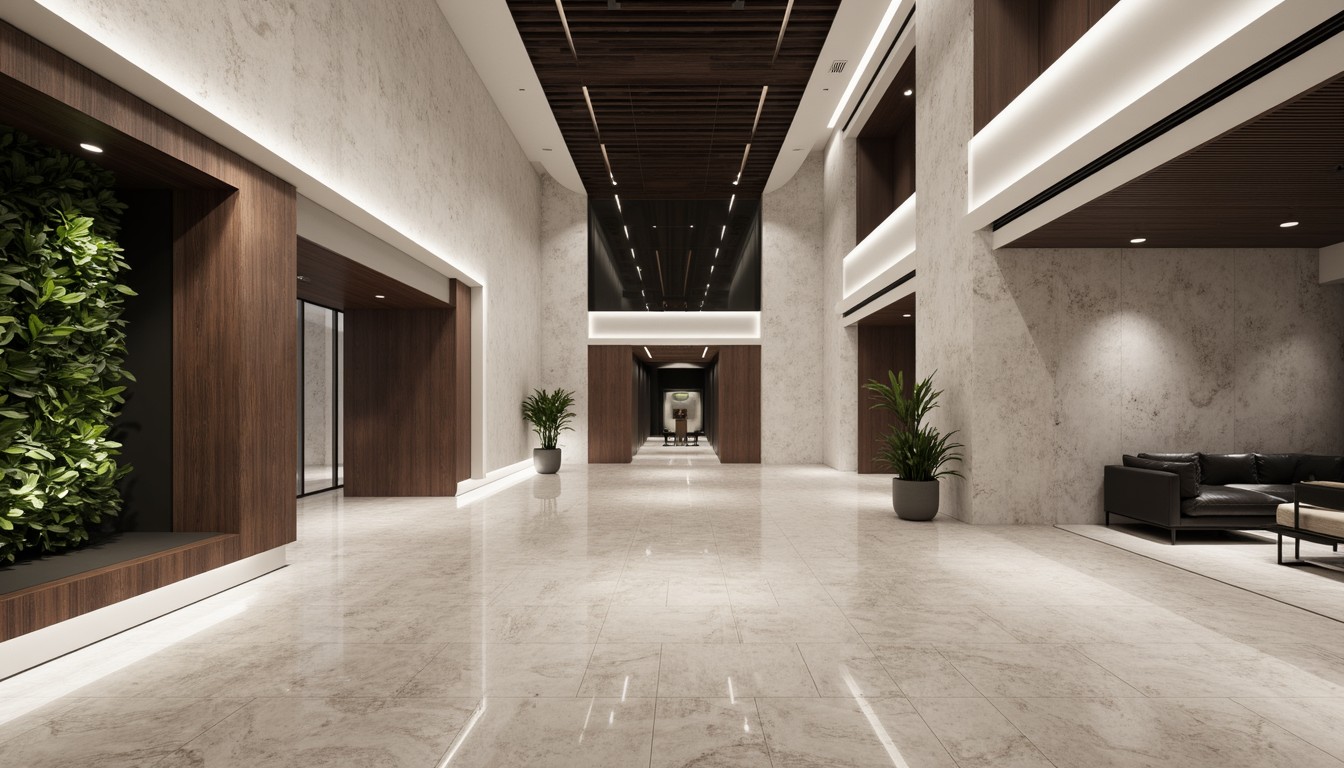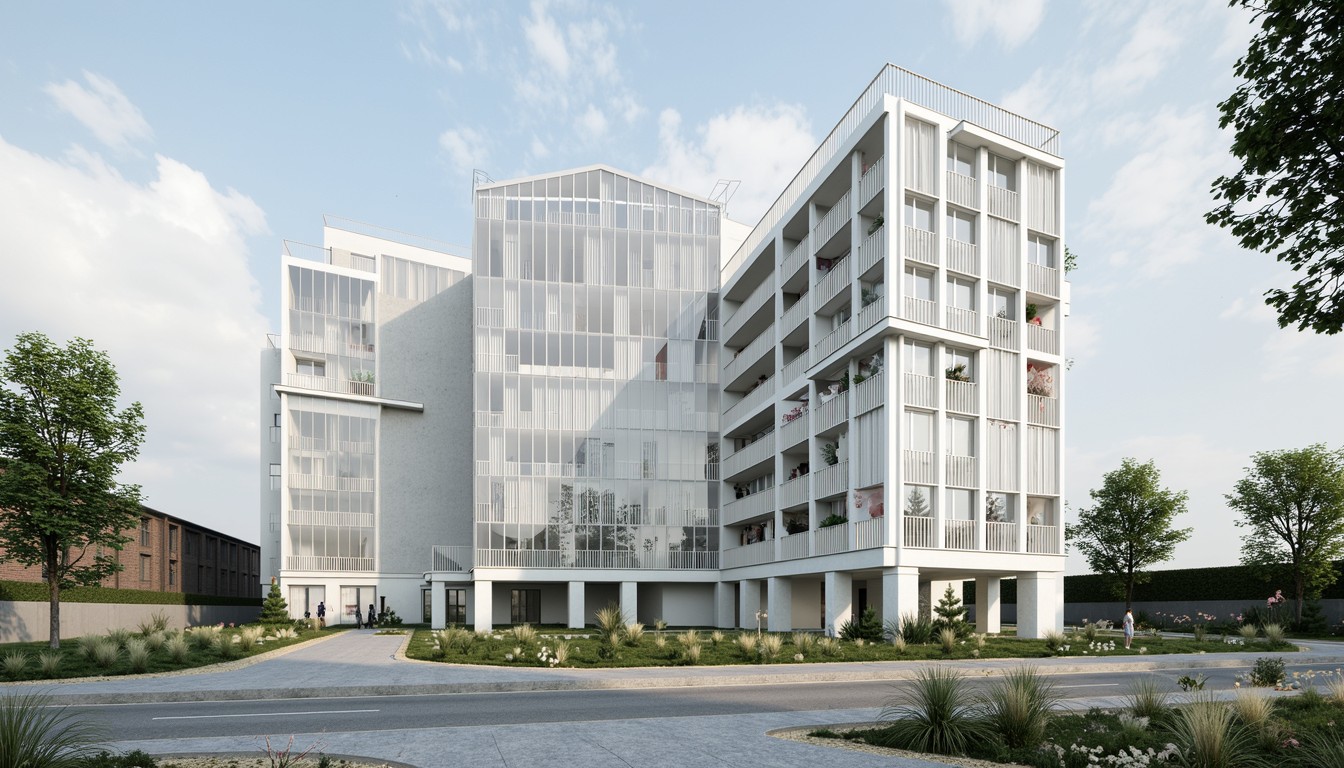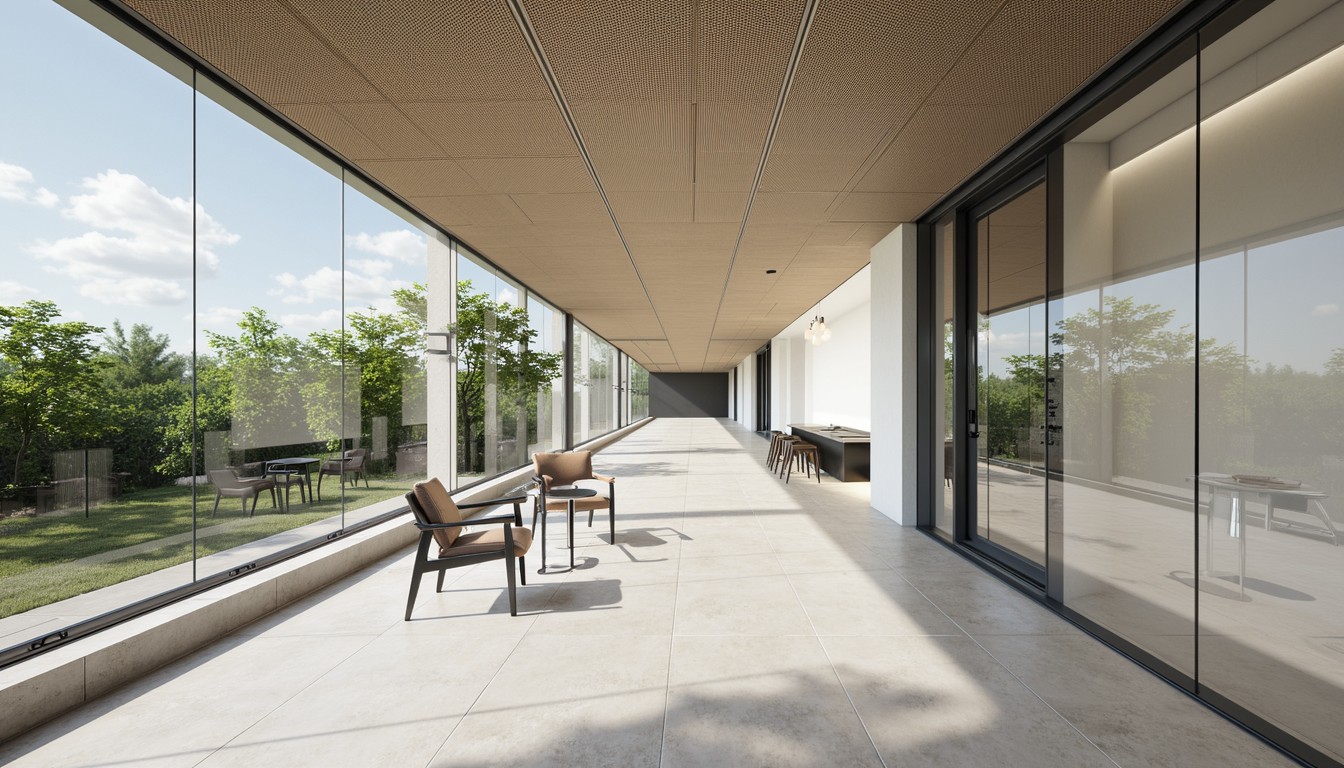Sustainable Architecture: Green Building Technologies & Design
The built environment contributes significantly to global carbon emissions. However, a paradigm shift is underway, driven by a growing awareness of climate change and a demand for more sustainable practices. Sustainable architecture, encompassing green building technologies and eco-conscious design principles, is at the forefront of this change. At ArchNav, we're passionate about visualizing and promoting these innovative approaches, helping architects and developers bring their sustainable visions to life.
Energy Efficiency: The Cornerstone of Green Building

Energy efficiency is paramount in sustainable architecture. Reducing a building's energy consumption minimizes its environmental footprint and operational costs. Several key technologies contribute to this goal:
- Passive Design Strategies: These strategies leverage natural elements like sunlight, wind, and shade to minimize energy needs. Examples include proper building orientation, shading devices, natural ventilation, and thermal mass materials (like concrete or brick) that store and release heat slowly.
- High-Performance Building Envelopes: This involves using advanced insulation materials, airtight construction techniques, and high-performance windows to minimize heat transfer. This reduces the load on heating and cooling systems.
- Renewable Energy Sources: Integrating renewable energy sources like solar photovoltaic (PV) panels, solar thermal collectors, and wind turbines generates clean energy on-site, reducing reliance on the grid.
- Smart Building Technologies: Building management systems (BMS) use sensors and data analytics to optimize energy consumption in real-time, adjusting lighting, heating, and cooling based on occupancy and environmental conditions.
Sustainable Materials: Minimizing Environmental Impact
The selection of building materials significantly impacts a building's environmental footprint. Sustainable architecture prioritizes materials with low embodied carbon, recycled content, and minimal environmental impact throughout their lifecycle:
- Recycled and Reclaimed Materials: Utilizing recycled steel, timber, and other materials reduces the demand for virgin resources and minimizes waste.
- Bio-Based Materials: Materials derived from renewable sources like bamboo, hemp, and mycelium offer sustainable alternatives to traditional materials with lower carbon footprints.
- Locally Sourced Materials: Reducing transportation distances minimizes the carbon emissions associated with material delivery.
- Sustainable Timber Certification: Choosing timber certified by organizations like the Forest Stewardship Council (FSC) ensures responsible forestry practices.
Water Conservation: Efficient Water Management

Sustainable architecture emphasizes water conservation through various strategies:
- Water-Efficient Fixtures: Installing low-flow toilets, showerheads, and faucets significantly reduces water consumption.
- Rainwater Harvesting: Collecting rainwater for non-potable uses like irrigation reduces reliance on municipal water supplies.
- Greywater Recycling: Recycling wastewater from showers and sinks for toilet flushing or irrigation further conserves water.
- Xeriscaping: Utilizing drought-tolerant landscaping minimizes water needs for outdoor spaces.
Green Roofs and Walls: Enhancing Building Performance
Green roofs and walls provide multiple benefits: they improve insulation, reduce stormwater runoff, enhance biodiversity, and improve air quality. Their aesthetic appeal adds to the overall sustainability and attractiveness of the building.
Case Studies: Real-World Applications of Sustainable Architecture

Numerous projects worldwide showcase the successful implementation of green building technologies. The Bullitt Center in Seattle, a net-zero energy and water building, exemplifies a holistic approach to sustainable design. The Edge in Amsterdam demonstrates the power of smart building technologies in optimizing energy consumption. These projects, and many others, highlight the feasibility and effectiveness of sustainable building practices.
ArchNav: Your Partner in Sustainable Architectural Visualization
At ArchNav, we understand the importance of sustainable architecture and its role in shaping a greener future. We leverage cutting-edge visualization technologies to help architects and developers effectively communicate the design and benefits of sustainable buildings. Our high-quality renderings and animations bring your sustainable vision to life, enabling you to engage stakeholders, secure funding, and ultimately, build a more sustainable world. Contact us today to discuss your next sustainable project.
